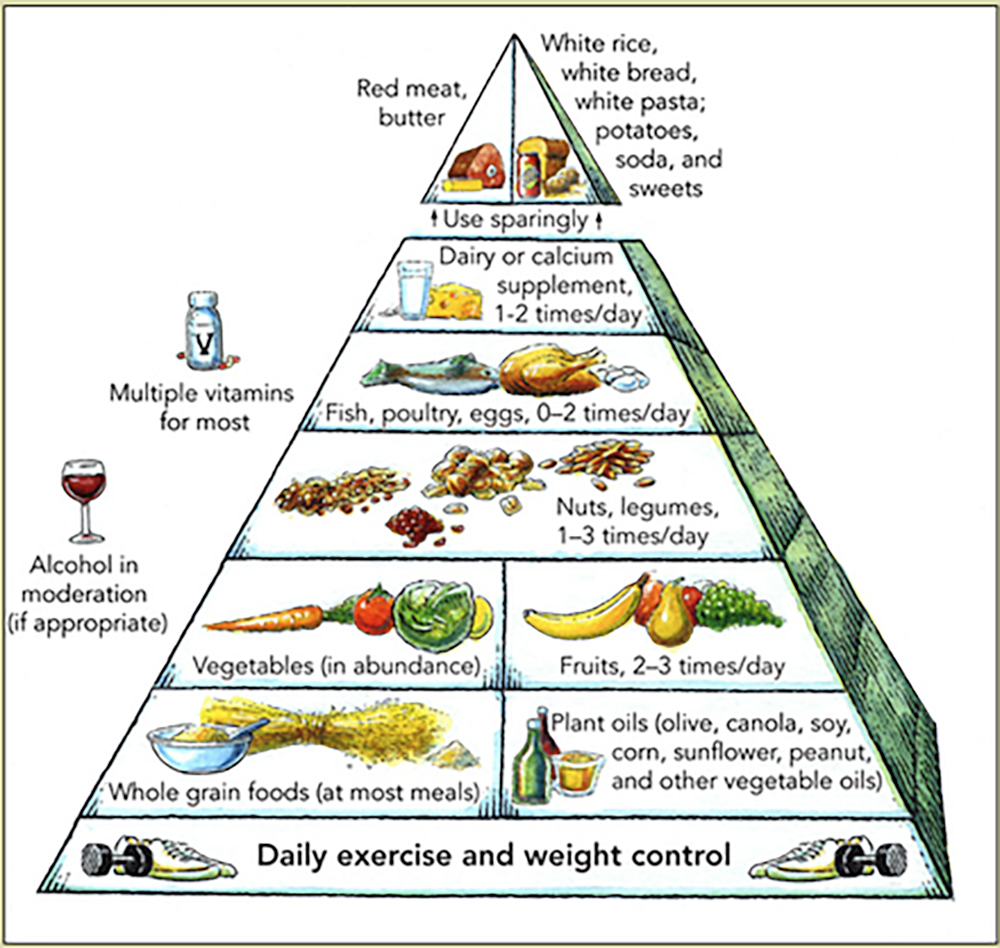The Mediterranean Diet

The Mediterranean diet, inspired by the eating habits of Southern Italy, Greece, Spain. The principal aspects of The Mediterranean diet include high consumption of legumes, olive oil, fruits, and vegetables, unrefined cereals and moderate to high consumption of fish, moderate consumption of dairy products (mostly as yoghurt and cheese), moderate wine consumption, and low consumption of non-fish meat products.
There are many different "Mediterranean diets" among different countries and populations of the Mediterranean basin, because of ethnical, cultural, economic and religious diversities, the distinct Mediterranean cuisines generally include the same key components, in addition to regular physical activity:- High intakes of olive oil (as the principal source of fat), vegetables (including leafy green vegetables), fresh fruits (consumed as desserts or snacks), cereals (mostly whole grains), nuts and legumes.
- Moderate intakes of fish and other seafood, poultry, dairy products (principally cheese and yogurt) and red wine.
- Low intakes of eggs, red meat, processed meat and sweets.
These proportions are sometimes represented in the Mediterranean Diet Pyramid. Total fat in a diet with roughly this composition is 25% to 35% of calories, with saturated fat at 8% or less of calories.
In Northern Italy lard and butter are commonly used in cooking, and olive oil is reserved for dressing salads and cooked vegetables. In both North Africa and the Middle East, sheep's tail fat and rendered butter (samna) are traditional staple fats.


